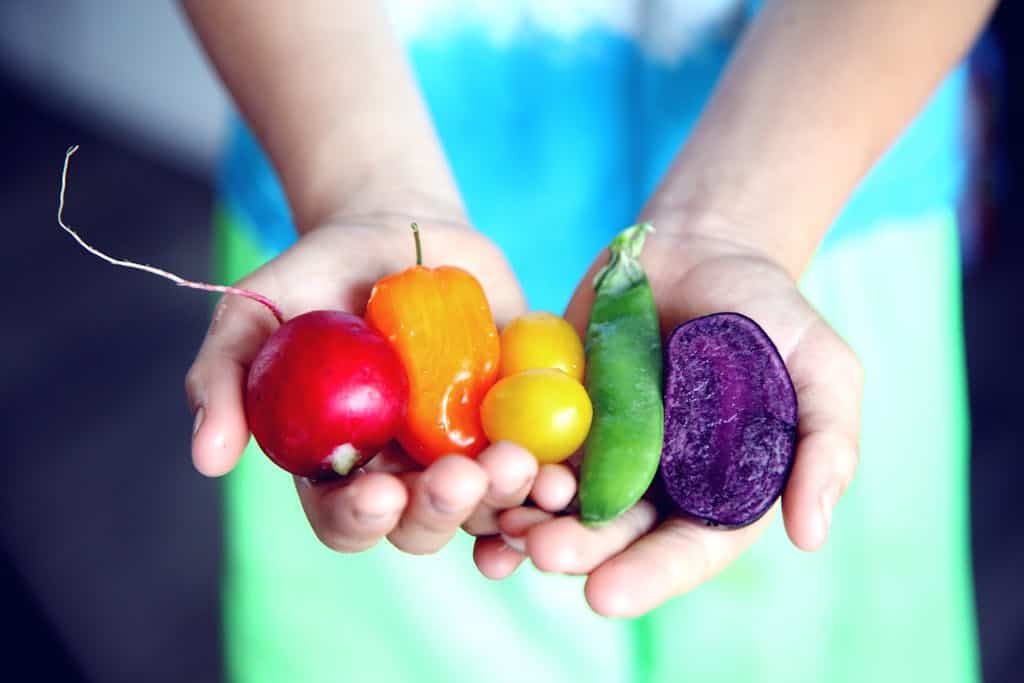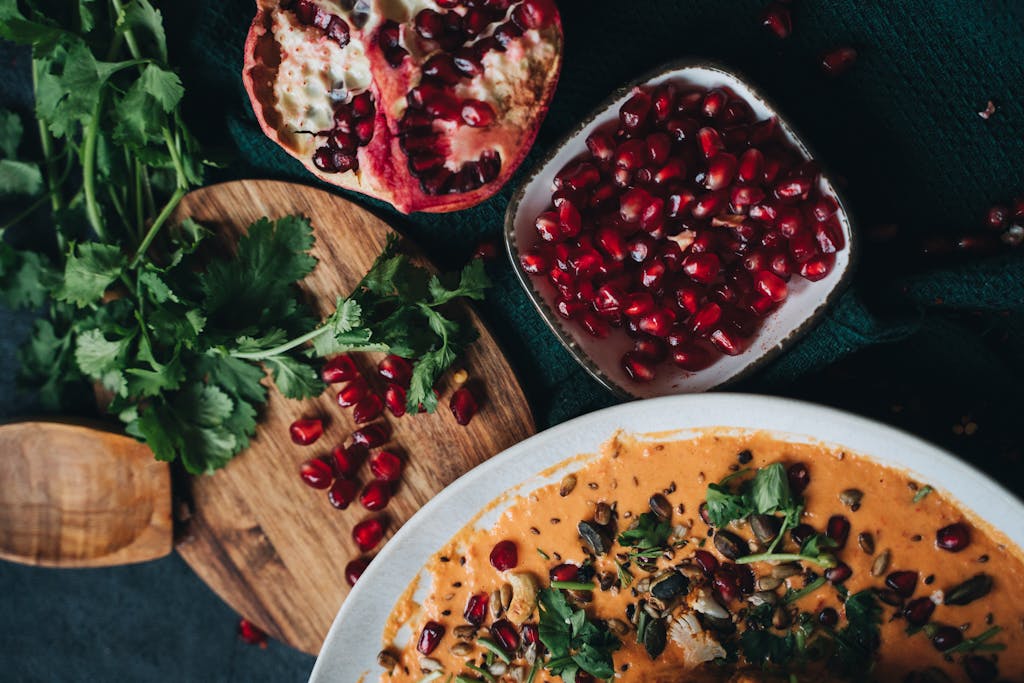Meal Prep: Save Time, Eat Better

If you’ve ever opened your fridge after a long day, only to be greeted by takeout menus, half-empty snack bags, or a lonely yogurt cup, you know the stress that comes with mealtime indecision. In those moments, it’s so tempting to order delivery or grab something quick—and often less than healthy. That’s where meal prep becomes a game-changer. By embracing meal prep, you can save time and eat better.
Meal prepping is more than just an Instagram trend with perfectly portioned containers. It’s a strategy for saving time, reducing stress, and nourishing your body with foods that support your health and energy. Whether you’re juggling a busy career, family responsibilities, or navigating life transitions like perimenopause or menopause, meal prep can free up mental space while ensuring you eat better, every day.
Let’s dive into why meal prep is worth the effort, how it supports your well-being, and the practical steps to make it part of your routine.
Why Meal Prep Works
1. Saves Time (and Mental Energy)
Think about how many decisions you make in a day. By the time you reach dinner, “decision fatigue” kicks in, and suddenly cooking feels like a chore. Prepping ahead means you’ve already decided what to eat. Meals are ready or partly prepared, saving you hours each week and freeing you from the dreaded “what’s for dinner?” question.
2. Supports Healthier Choices
When hunger strikes, we rarely make our best decisions. Having balanced meals ready helps you avoid drive-thru temptations and sugary snacks. You’re more likely to eat nourishing foods that fuel your body and balance your hormones.
3. Saves Money
Meal prep can reduce food waste and keep your grocery budget in check. Buying ingredients with a plan means you’re less likely to overspend on impulse buys or let produce go bad in the fridge.
4. Reduces Stress
Imagine coming home after a hectic day and knowing dinner is already made—or just needs reheating. That kind of peace of mind is priceless. Meal prep is like giving your future self the gift of calm.
The Connection Between Meal Prep and Women’s Health
For women, especially during midlife, nutrition plays a huge role in managing energy, supporting hormone balance, and maintaining a healthy weight. Prepping meals in advance can help you:
- Maintain stable blood sugar levels by consuming balanced meals that include protein, healthy fats, and fiber.
- Support gut health with prepped whole foods instead of processed options.
- Reduce inflammation by focusing on nourishing ingredients.
- Meet nutrient needs like calcium, magnesium, and protein—critical during perimenopause and beyond.
Meal prep isn’t about rigid dieting. It’s about creating ease and flexibility while honoring your health.
Meal Prep Myths (and the Truths Behind Them)
Myth #1: Meal prep takes too much time.
Truth: Yes, it takes a bit of planning up front, but it actually saves hours during the week. With practice, you can meal prep in 1–2 hours on a weekend.
Myth #2: Eating the same meals is boring.
Truth: Meal prep doesn’t have to mean identical containers of chicken and rice. With a few core ingredients, you can mix and match flavors to keep meals exciting.
Myth #3: You need fancy containers or equipment.
Truth: A few sturdy glass containers and freezer bags are plenty to get started—no need to spend a fortune.
How to Start Meal Prepping
Getting started doesn’t have to feel overwhelming. Here’s a step-by-step guide:
Step 1: Choose Your Prep Style
Meal prep doesn’t look the same for everyone. You can:
- Batch cook full meals (like soups, casseroles, or sheet pan dinners) to reheat during the week.
- Prep ingredients (chop veggies, cook proteins, portion snacks) so cooking is quicker.
- Mix & match (prepare building blocks like quinoa, roasted veggies, grilled chicken) to assemble different meals.
Pick the style that fits your lifestyle.
Step 2: Plan Your Menu
- Choose 3–4 recipes for the week that share ingredients. For example, roasted chicken can be used in salads, wraps, and grain bowls.
- Aim for balance: include a lean protein, colorful veggies, healthy fats, and whole grains.
- Don’t forget snacks—prepping fruit, nuts, or energy bites can prevent last-minute sugar grabs.
Step 3: Make a Shopping List
This is where you save time and money. Write down only what you need, and stick to it. Pro tip: Shop the perimeter of the store (produce, proteins, dairy) where the freshest foods live.
Step 4: Prep in One Block of Time
- Wash and chop produce.
- Cook grains and proteins.
- Roast or steam veggies.
- Assemble breakfast or lunch containers.
- Store meals in clear containers so you can see what’s ready.
Step 5: Store and Rotate
- Use the fridge for meals within 3–4 days.
- Freeze extras for busy weeks.
- Label with dates so nothing goes to waste.
Meal Prep Ideas to Inspire You
Here are some simple combinations to get you started:
Breakfasts
- Overnight oats with chia seeds, almond butter, and berries.
- Egg muffins with spinach, peppers, and feta.
- Greek yogurt jars with granola and fruit.
Lunches
- Quinoa bowls with roasted veggies, chickpeas, and tahini dressing.
- Turkey and veggie wraps with hummus.
- Mason jar salads layered for freshness.
Dinners
- Sheet pan salmon with roasted sweet potatoes and broccoli.
- Slow cooker chili with beans and ground turkey.
- Stir-fry with brown rice, tofu or chicken, and colorful veggies.
Snacks
- Cut veggies with hummus.
- Energy balls with oats, nut butter, and seeds.
- Apple slices with almond butter.
Tips for Making Meal Prep Stick
- Start small. Prep one meal type—like breakfasts—before moving on to full weeks.
- Make it enjoyable. Put on a podcast, light a candle, or sip tea while prepping.
- Stay flexible. If life happens, swap meals around or freeze extras.
- Get the family involved. Kids can portion snacks or stir ingredients—it saves time and teaches healthy habits.
- Experiment with flavors. Use different spices or sauces to keep meals interesting.
Meal Prep and Mindfulness
Meal prep isn’t just about food—it’s also a mindful practice. By taking time to nourish yourself ahead of time, you’re showing self-care and intention. Instead of rushing into reactive food choices, you’re choosing calm, balance, and nourishment.
It’s also a chance to slow down and connect with your food. As you chop veggies or stir a pot of soup, you’re creating a rhythm that feels grounding. Think of meal prep as both practical and soul-nourishing.
Overcoming Common Roadblocks
- “I don’t have time.” Even 30 minutes of chopping veggies or cooking a pot of grains can make a difference.
- “I hate cooking.” Choose simple recipes with minimal ingredients, or prep snacks instead of full meals.
- “My family won’t eat the same thing.” Prep building blocks (protein, veggies, grains) and let everyone customize their plates.
Final Thoughts
Meal prep isn’t about being perfect—it’s about making your life easier and healthier. By investing a little time up front, you free yourself from stress, eat foods that nourish your body, and create space for more joy in your week.
So next weekend, carve out some time, put on your favorite playlist, and prep a few meals. Your future self will thank you when dinner is ready in minutes and your body feels fueled with foods that help you thrive.
Disclaimer: This content is for educational purposes only and is not a substitute for medical advice. Always consult your healthcare provider before making changes to your diet, especially if you have specific health conditions or concerns.

